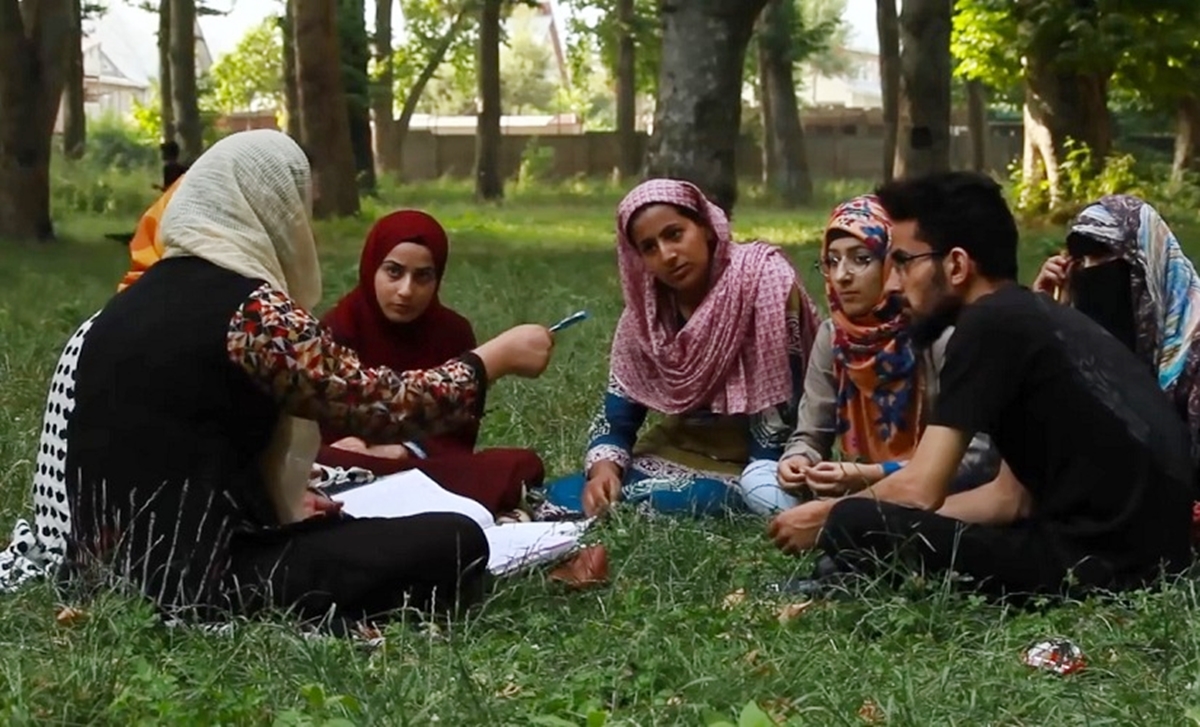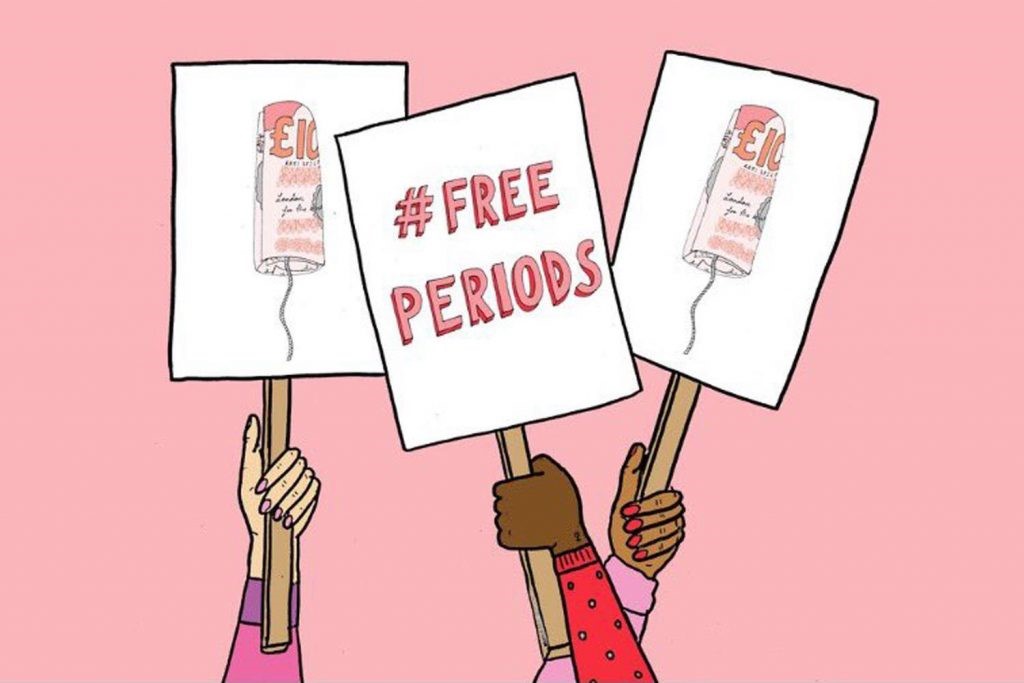Menstrual health has taken a backseat in the list of our institutional priorities for the longest time worldwide. In India,…
Login to Read!
This content is restricted to site members. If you are an existing user, please log in below. Or you can can create an account here.


